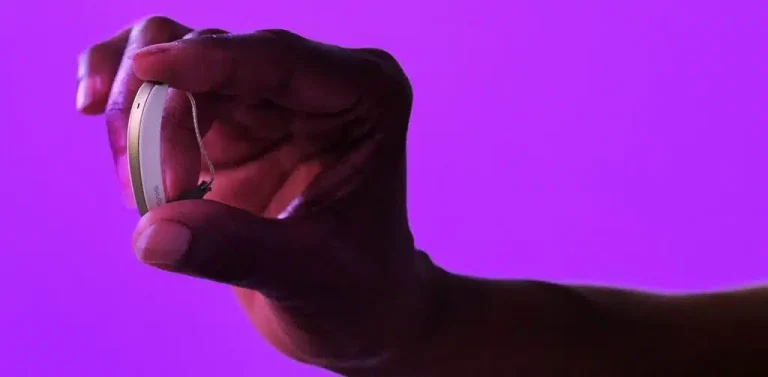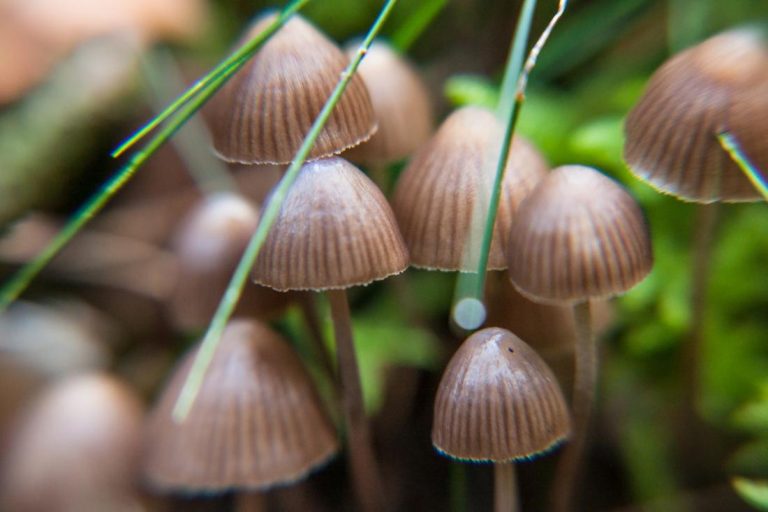Tooth discoloration
Tooth discoloration generally manifests in the form of surface stains appearing below the surface of the tooth within the enamel. This condition is caused by a variety of external factors, such as certain types of food and drinks, aging, smoking, dental diseases or poor oral care. In most cases, patients may have brown, yellow or dark stains on the surface of their teeth. Socially, discolored teeth have a strong impact on one’s self-image, thus experts in cosmetic dentistry in Newport Beach, California, focus on providing unique dental procedures and oral care advice to people to help them restore the white teeth color. Such procedures include composite bonding, and teeth whitening, among others.
Causes of tooth discoloration
The leading catalyst in teeth staining is the intake of food and drinks that have sugar content way above the recommended thresholds. Industrial sugars found in most beverages, sweets, and foods nourish bacteria, which slowly wear out the enamel (which is characteristically white) exposing the yellow dentine. This can produce a look that is less attractive and dingy than what was there before. Specialists in cosmetic dentistry have also identified tobacco smoking or chewing khat as a major extrinsic cause of teeth staining. Additionally, medical treatments like chemotherapy and infection of pregnant mothers are other risk factors associated with serious dental discoloration. Remedies for tooth discoloration include composite bonding and bleaching.

Composite bonding
Composite bonding is a dental technique where the discolored tooth is medically restored by scrubbing out the yellow stain on the surface of the tooth and replacing it with another substance that resembles the enamel, technically called a composite. This procedure is also very effective for patients who have cracked teeth. In cosmetic dentistry, composite bonding not only corrects tooth defects but improves the appearance of the tooth. This technique requires a qualified dentist and is used to curb both extrinsic and intrinsic tooth discoloration.
Enamel Microabrasion
This dental procedure involves removal of the surface stains on the teeth by use of a mild form of hydrochloric acid and silicon carbide. The two are dissolved in water forming a paste, which is then applied on the enamel to give a smooth crystal clear appearance. It’s one of the methods used in patients with advanced teeth stains.
Bleaching
Teeth yellowing can also be removed by polishing it with chemical agents such as bleaching, prophylactic pastes, or carbamide peroxide. An important remedy for discoloration of teeth are bleaching agents which are available for vital bleaching and non-vital bleaching. A mouthwash with carbamide and hydrogen peroxide under a dentist prescription will eliminate the dingy look over a period of time. It should be noted that the use of hydrogen peroxide at 15-40% concentrations must be performed by a qualified dentist to obtain effective results. Patients can also use a 10-22% daily mouth gargle of carbamide peroxide as a homemade remedy. This remedy is effective if used under prescription for at least two to six weeks.
Proper dietary habits
Extrinsic staining caused by foods, beverages, or habits can be controlled by strict adherence to recommended lifestyle guides from qualified specialists. Regular tooth brushing is one of the most effective traditional methods of oral care. Recommended types of toothpaste contain active ingredients that prevent tooth decay and discoloration. Brushing of teeth should be done twice a day and any other time prescribed by a dentist.



















